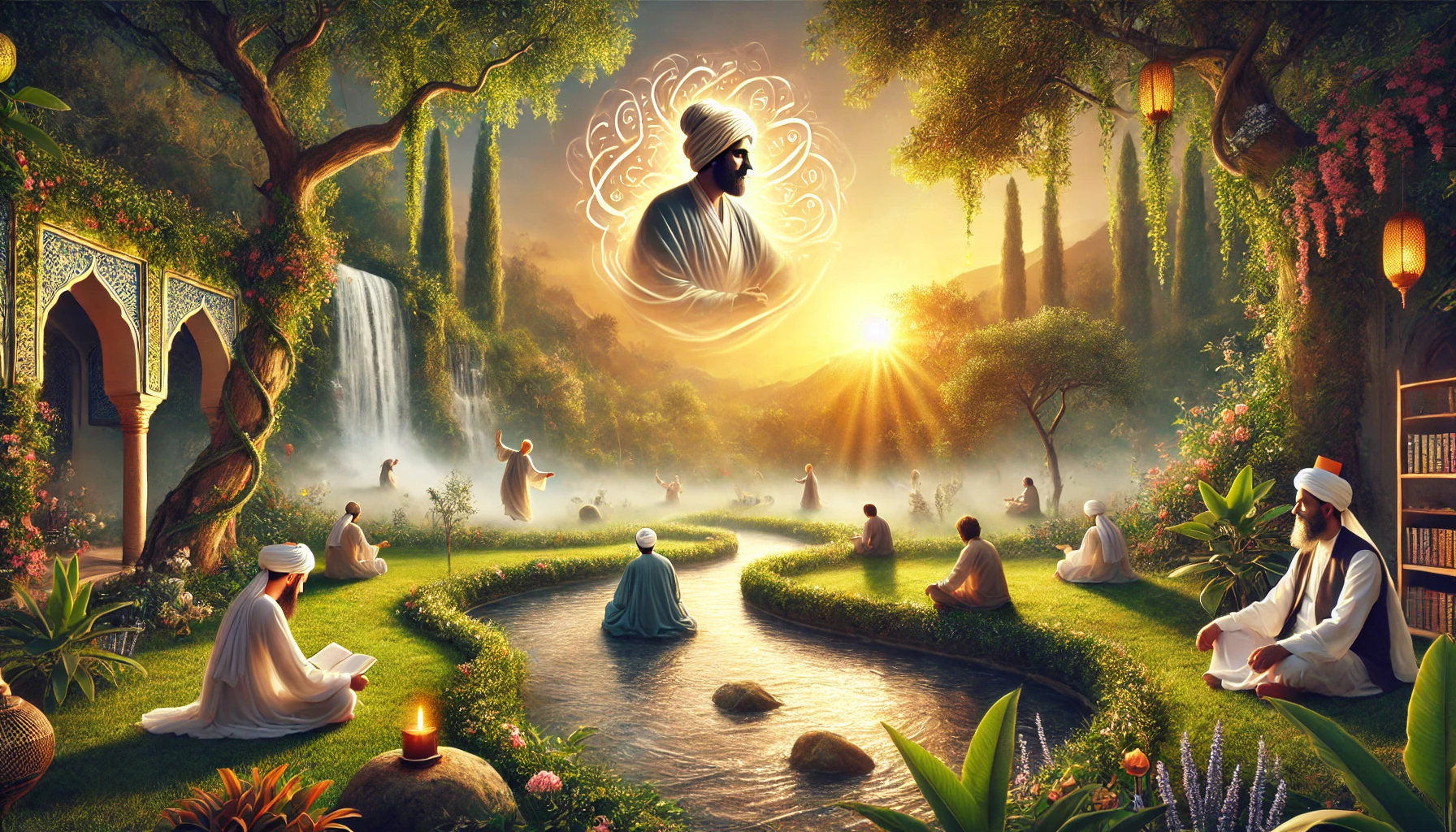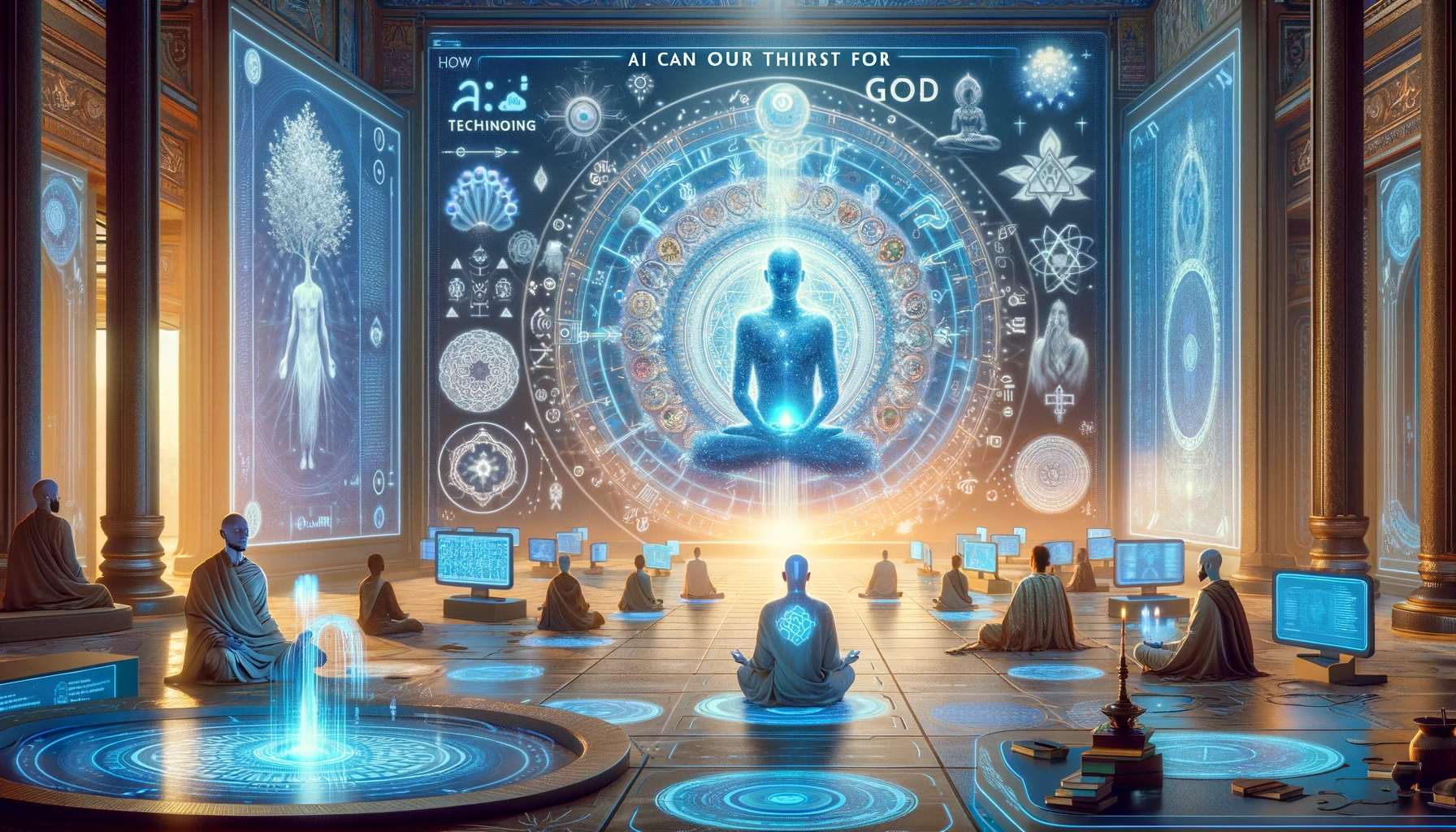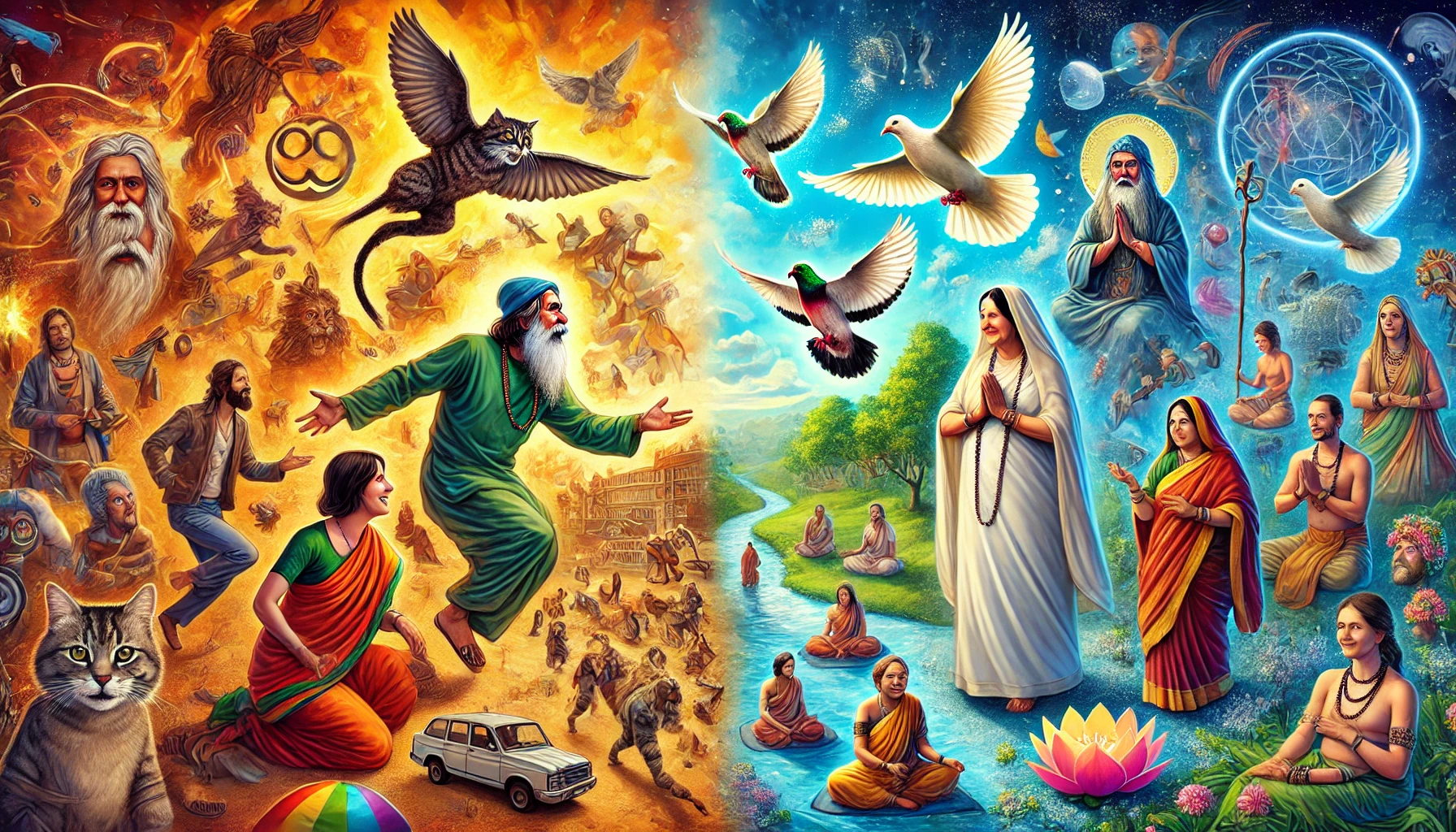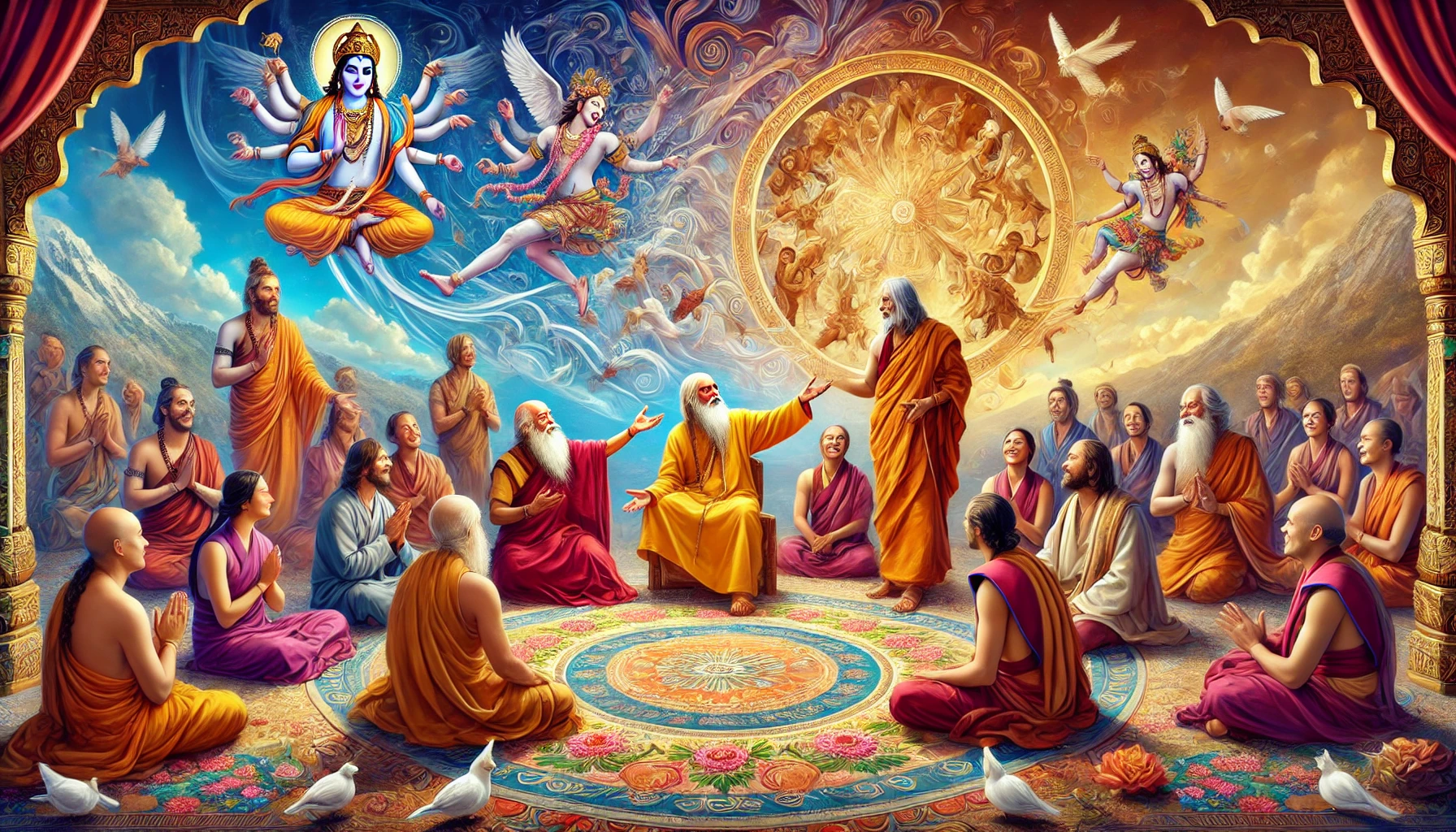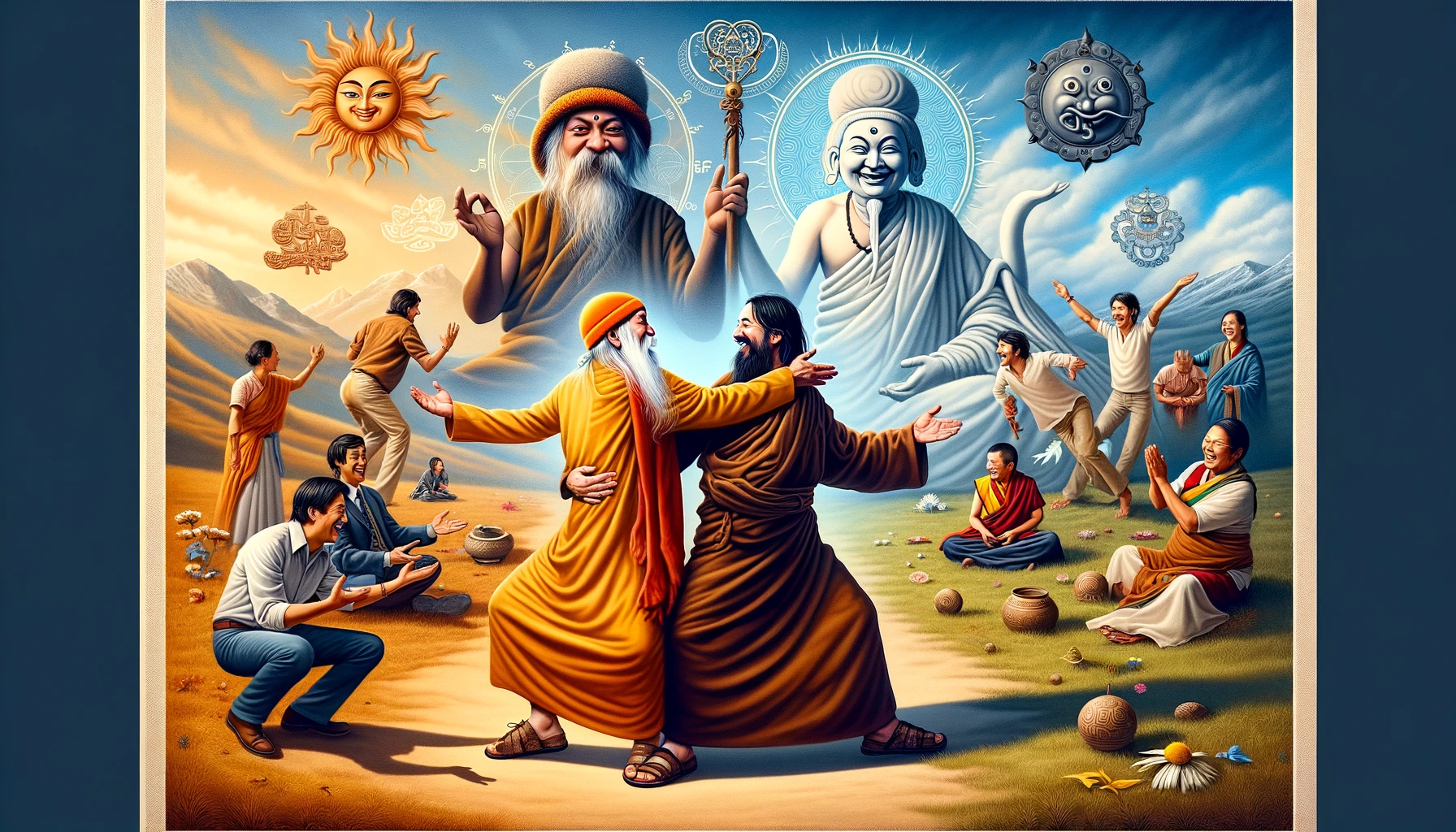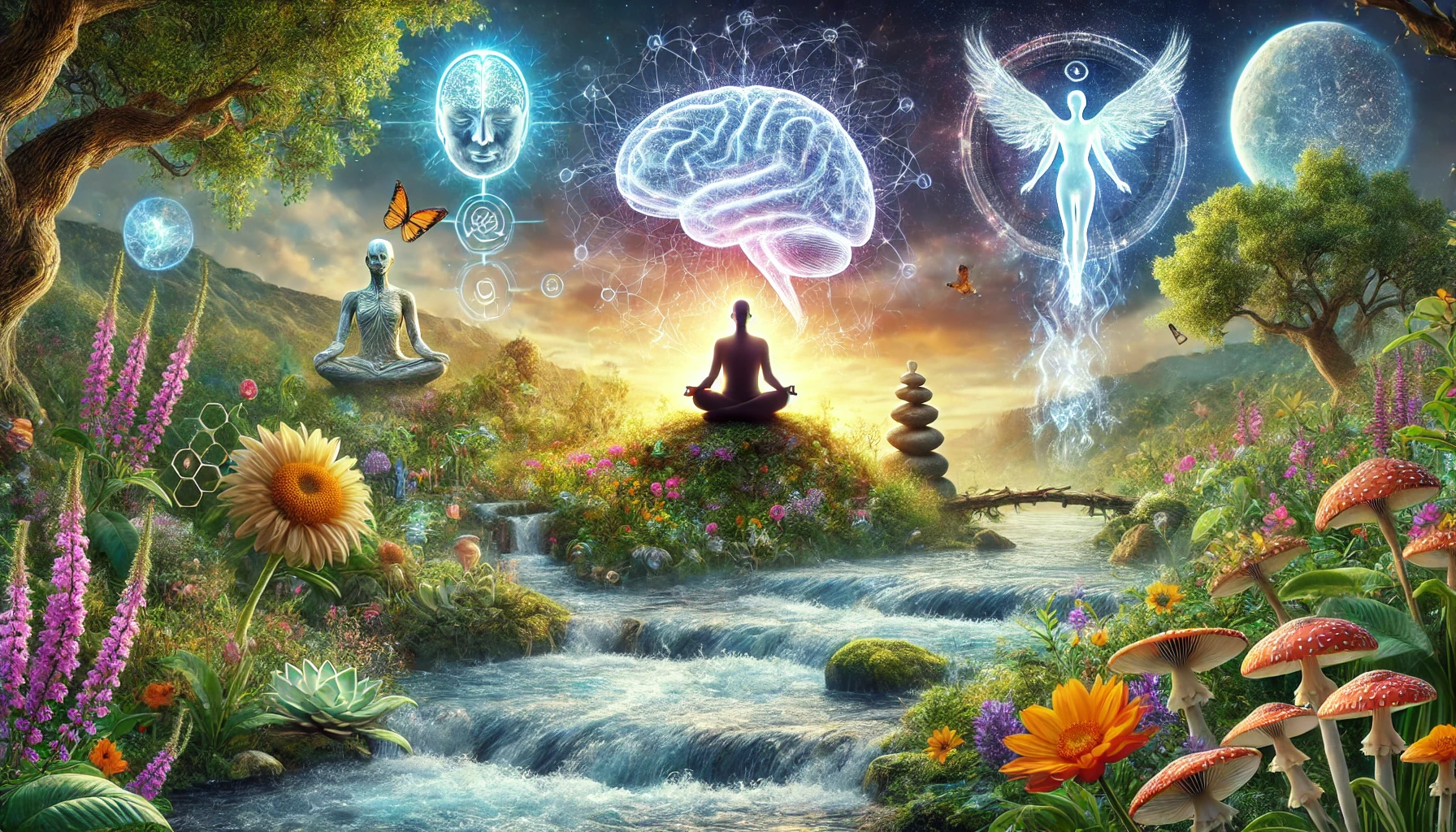
The Entourage Effect – Neuroprotection & Neurogensis
The entourage effect refers to the synergistic interaction between different compounds, which enhances their combined therapeutic effects compared to their effects when used individually.
When discussing the entourage effect in the context of Lion’s Mane (Hericium erinaceus), niacin (vitamin B3), and psilocybin (the active compound in psychedelic mushrooms), the idea is that these substances work together to produce a more profound effect on the brain and overall mental health.
How You Might Feel
After following the protocol of combining Lion’s Mane, niacin, and psilocybin, many individuals report feeling a profound sense of mental clarity and emotional balance. The neuroprotective and neurogenic properties of Lion’s Mane, combined with the enhanced blood flow from niacin, create a foundation for improved cognitive function. When adding psilocybin, the experience often extends to deeper emotional insights and a renewed sense of purpose. As one navigates their daily life post-protocol, the lingering effects of improved neuroplasticity might manifest as enhanced problem-solving skills, better mood regulation, and a more profound connection to oneself and others.
In down-to-earth terms, someone who has undergone this protocol might feel like a fog has lifted from their mind. Tasks that once seemed overwhelming or tedious can now be approached with newfound enthusiasm and efficiency. Social interactions might become more meaningful and less anxiety-inducing, as the individual feels more present and engaged. The holistic benefits also extend to physical well-being; regular headaches may diminish, and there could be a noticeable improvement in overall energy levels and motivation. This sense of rejuvenation is often accompanied by an inner peace that comes from aligning one’s mental state with their physical health.
Beyond the cognitive and emotional enhancements, the spiritual benefits of this protocol are often profound. The synergy between these compounds encourages a deeper introspection and a more meaningful connection with the universe. Followers of spiritual paths such as Advaita Vedanta might find that their meditation practices become more immersive and enlightening. The dissolution of ego-driven thoughts facilitated by psilocybin can lead to experiences of non-duality, where the individual perceives themselves as part of the greater whole. This profound sense of unity and interconnectedness is not just a fleeting psychedelic experience but can influence one’s daily life, fostering a more compassionate and mindful approach to existence.
Let’s dive in, shall we?
Components and Their Effects:
Lion’s Mane Mushroom:
Neuroprotection and Neurogenesis: Lion’s Mane contains compounds such as hericenones and erinacines, which promote the growth and repair of nerve cells and may enhance cognitive function and memory.
Anti-inflammatory and Antioxidant: It has anti-inflammatory and antioxidant properties that can protect the brain from damage.
Niacin (Vitamin B3):
Improved Circulation: Niacin can enhance blood flow and improve the delivery of nutrients and oxygen to the brain.
Nervous System Support: It plays a role in the production of neurotransmitters and supports overall brain health.
Psilocybin:
Psychedelic Effects: Psilocybin has psychoactive properties that can lead to altered states of consciousness, enhanced introspection, and potentially therapeutic experiences for conditions like depression, anxiety, and PTSD.
Neuroplasticity: Psilocybin has been shown to promote neuroplasticity, which is the brain’s ability to reorganize and form new neural connections.
Synergistic Benefits:
When these three components are combined, the entourage effect may enhance their individual benefits:
Enhanced Neurogenesis and Neuroplasticity: Lion’s Mane and psilocybin both promote the growth of new neurons and neural connections. Together, they might offer a more robust boost to brain health and cognitive function.
Improved Delivery and Absorption: Niacin’s ability to improve circulation could enhance the delivery and effectiveness of Lion’s Mane and psilocybin in the brain.
Holistic Mental Health Support: The combined anti-inflammatory, neuroprotective, and neuroplasticity-promoting effects could offer comprehensive support for mental health, potentially providing relief for various neurological and psychological conditions.
Balanced Psychoactive Experience: The combination might also create a more balanced and manageable psychedelic experience, potentially reducing the risk of adverse effects from psilocybin alone.
In summary, the entourage effect with Lion’s Mane, niacin, and psilocybin suggests that these substances can work together to enhance cognitive function, promote mental well-being, and potentially provide therapeutic benefits for various neurological and psychological conditions.
Other Brain Benefits
To enhance oxygen delivery to the brain, promote healing of oxygen flow issues, and reduce headaches, you might consider adding the following supplements and practices to your regimen:
Supplements:
Ginkgo Biloba:
Benefits: Improves blood circulation and oxygen delivery to the brain. It has antioxidant properties that protect against oxidative stress.
Usage: Often taken as a standardized extract.
Coenzyme Q10 (CoQ10):
Benefits: Supports cellular energy production and improves oxygen utilization. It can help reduce the frequency and severity of migraines.
Usage: Available in supplement form; ubiquinol is the more bioavailable form.
Omega-3 Fatty Acids:
Benefits: Found in fish oil, these essential fats improve blood flow, reduce inflammation, and support overall brain health.
Usage: Typically taken as fish oil supplements containing EPA and DHA.
Magnesium:
Benefits: Relaxes blood vessels and improves blood flow. It is known to help prevent and treat migraines.
Usage: Available in various forms, such as magnesium citrate or glycinate.
B Vitamins:
Benefits: Particularly B6, B9 (folate), and B12, these vitamins support brain health, reduce homocysteine levels, and improve circulation.
Usage: Available in B-complex supplements.
N-Acetyl Cysteine (NAC):
Benefits: Boosts glutathione levels and has neuroprotective properties. It improves blood flow and oxygen delivery.
Usage: Taken as a supplement.
L-Citrulline:
Benefits: Converts to L-arginine in the body, increasing nitric oxide production, which enhances blood flow and oxygen delivery.
Usage: Typically taken as a supplement.
Combining Lion’s Mane, niacin, and psilocybin with these additional supplements, lifestyle practices, and integrative therapies can create a comprehensive approach to enhancing oxygen delivery to the brain, promoting healing of oxygen flow issues, and reducing headaches. Always consult with a healthcare professional before starting any new supplement or therapy, especially if you have preexisting conditions or are taking other medications.
Post-Protocol
The persistence of benefits from an entourage protocol involving Lion’s Mane, niacin, psilocybin, and additional supplements and practices depends on various factors. Here’s a detailed breakdown of what can be expected:
Short-Term vs. Long-Term Effects:
Lion’s Mane:
Short-Term: May provide immediate neuroprotective and anti-inflammatory effects.
Long-Term: Promotes neurogenesis and neural repair over time. Some long-term benefits, such as improved cognitive function and neuroplasticity, may persist even after stopping usage, though they may gradually diminish without continued support.
Niacin:
Short-Term: Enhances blood flow and oxygen delivery quickly.
Long-Term: Benefits to circulation and overall brain health may wane after discontinuation, but any lasting improvements in vascular health may provide some ongoing benefits.
Psilocybin:
Short-Term: Provides immediate psychedelic and potential therapeutic effects.
Long-Term: Can lead to lasting changes in brain connectivity and mental health. Some studies suggest lasting improvements in mood, anxiety, and neuroplasticity even after stopping use, but the acute effects will diminish.
Other Supplements (Ginkgo Biloba, CoQ10, Omega-3s, etc.):
Short-Term: Provide immediate support for circulation, antioxidant protection, and anti-inflammatory effects.
Long-Term: Sustained improvements in overall brain health and function may persist if vascular and cellular health were significantly improved, but benefits will likely diminish over time without continued supplementation.
Niacin (Vitamin B3) Dosage:
For the effects related to improved blood circulation and enhanced oxygen delivery to the brain, as well as potential synergistic effects with other components of the protocol:
- Standard Dosage: For general health benefits, the recommended daily allowance (RDA) for niacin is around 14-16 mg for adults.
- Therapeutic Dosage: For specific therapeutic purposes, such as improving circulation and reducing headaches, higher doses are often used. A common therapeutic dose ranges from 50-200 mg per day.
- Psychedelic Protocols: Some protocols, such as those used in combination with psilocybin, suggest starting with 100 mg and adjusting based on tolerance and response.
Note: High doses of niacin can cause flushing (a warm, tingling sensation and redness of the skin), especially at doses above 50 mg. Non-flushing forms of niacin, such as niacinamide, may be an alternative if flushing is problematic. Always consult with a healthcare professional before starting high-dose niacin.
Lion’s Mane Dosage:
The appropriate dosage for Lion’s Mane can vary depending on the form and concentration of the supplement:
- Lion’s Mane Powder:
- Standard Dosage: A typical dose ranges from 1 to 3 grams (approximately 1/2 to 1 teaspoon) per day.
- Therapeutic Dosage: Some sources suggest higher doses for therapeutic effects, ranging up to 5 grams (approximately 1 to 1.5 teaspoons) per day.
When using Lion’s Mane powder, it’s important to start with a lower dose and gradually increase it to assess tolerance and effectiveness.
Summary:
- Niacin (Vitamin B3):
- Start with 50-100 mg per day.
- Adjust based on response and tolerance, potentially up to 200 mg per day.
- Be mindful of niacin flushing and consider non-flushing forms if needed.
- Lion’s Mane Powder:
- Standard dosage: 1 to 3 grams per day (approximately 1/2 to 1 teaspoon).
- For enhanced effects: Up to 5 grams per day (approximately 1 to 1.5 teaspoons).
Always consult with a healthcare professional before starting or adjusting the dosages, especially if you have any preexisting conditions or are taking other medications.
Adding Nicotinamide Riboside (NR), a precursor to NAD+ (nicotinamide adenine dinucleotide), can further support brain health, enhance energy metabolism, and improve overall cellular function. NAD+ is a crucial coenzyme involved in numerous metabolic processes, including those related to energy production and DNA repair.
Benefits of Nicotinamide Riboside (NR) and NAD+:
- Enhanced Cellular Energy: NAD+ plays a key role in mitochondrial function and energy production, which can improve overall cellular health and vitality.
- Neuroprotection: NAD+ helps protect neurons and supports cognitive function, potentially reducing the risk of neurodegenerative diseases.
- DNA Repair: NAD+ is essential for the activity of sirtuins, enzymes that promote DNA repair and longevity.
- Improved Circulation and Brain Health: By supporting cellular energy and reducing oxidative stress, NAD+ can enhance blood flow and oxygen delivery to the brain.
Recommended Dosage:
- Nicotinamide Riboside (NR): Typical dosages range from 250 to 500 mg per day. Some protocols may suggest starting with 250 mg and gradually increasing based on individual response and needs.
- NAD+ Precursors: NR is often preferred due to its bioavailability and effectiveness in raising NAD+ levels in the body.
Combining with the Entourage Protocol:
- Niacin (Vitamin B3): Continue with the recommended dose of 50-200 mg per day, being mindful of niacin flushing.
- Lion’s Mane Powder: Maintain a dose of 1 to 3 grams per day (approximately 1/2 to 1 teaspoon), with the option to increase up to 5 grams (1 to 1.5 teaspoons) per day for enhanced effects.
- Nicotinamide Riboside (NR): Add 250 to 500 mg per day to support NAD+ levels and enhance the overall protocol.
Summary:
- Niacin (Vitamin B3): 50-200 mg per day
- Lion’s Mane Powder: 1 to 3 grams per day (approximately 1/2 to 1 teaspoon), up to 5 grams (1 to 1.5 teaspoons) for enhanced effects
- Nicotinamide Riboside (NR): 250 to 500 mg per day
Note: Combining these supplements can provide comprehensive support for brain health, circulation, and cellular energy. However, always consult with a healthcare professional before starting or adjusting any supplementation regimen, especially if you have preexisting conditions or are taking other medications.
Get The Shankara Oracle and dramatically improve your perspective, relationships, authentic Self, and life.




